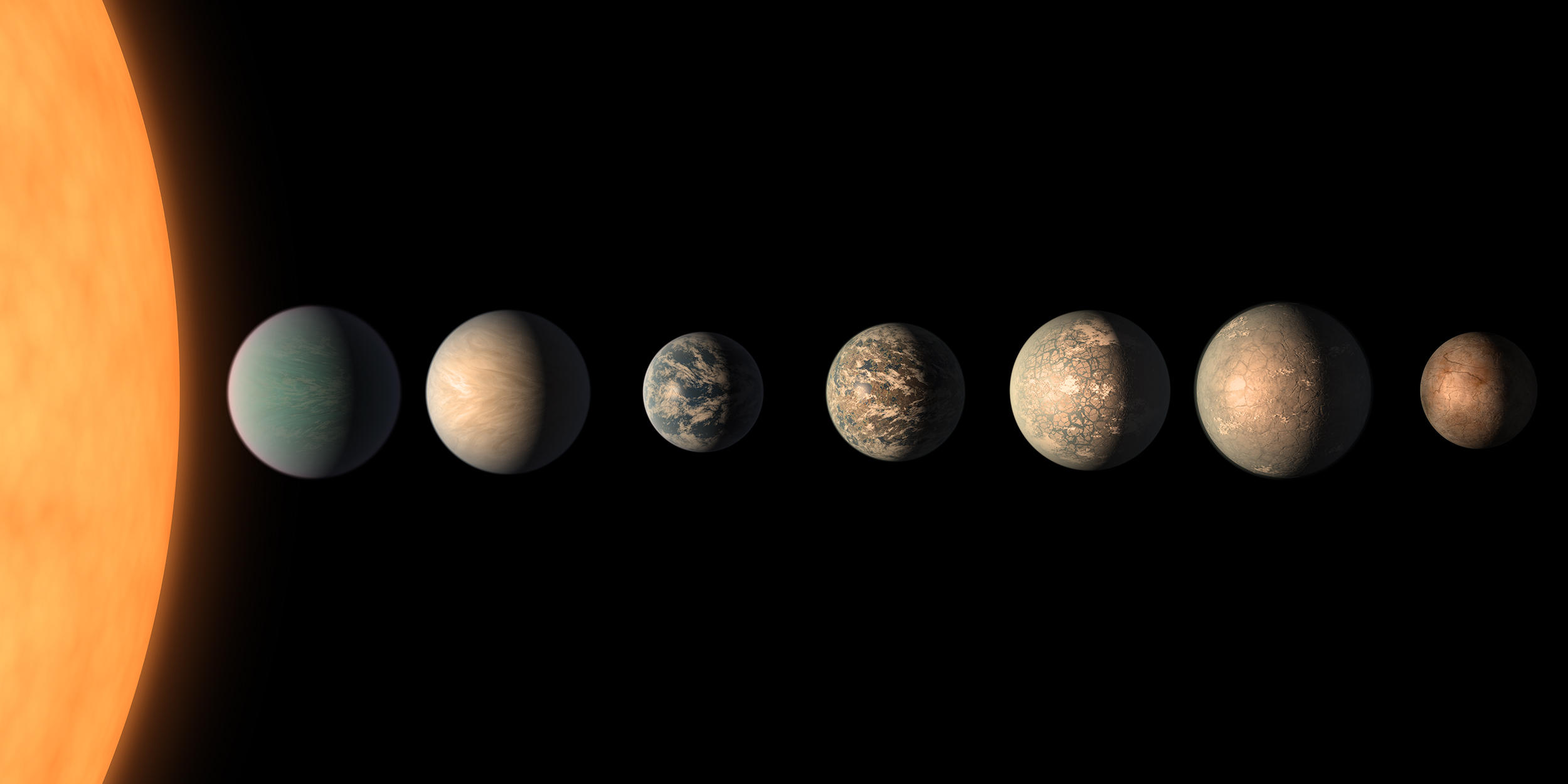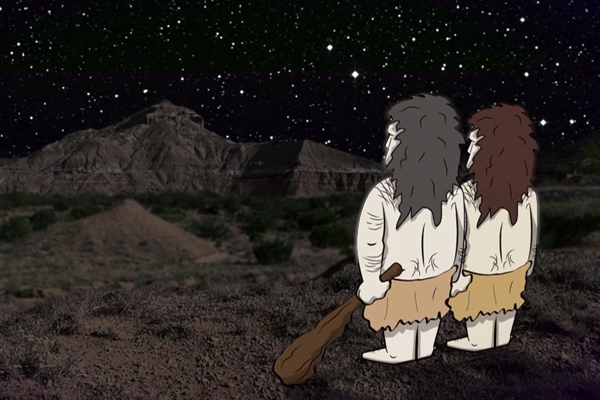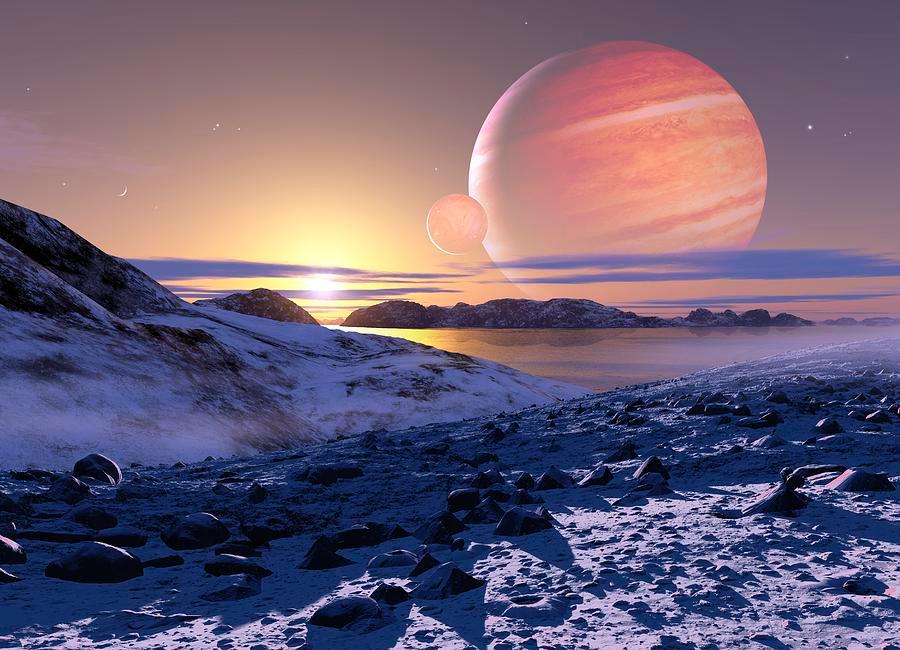
Study gives new insights into TRAPPIST-1 exoplanets

The seven exoplanets around the star TRAPPIST-1, 40 light-years away, consist mainly of rock and potentially have more water than Earth, a new study has revealed. One of the exoplanets - TRAPPIST-1e - is more similar to the Earth than any other that has been found to date.
The study, carried out by an international team led by the University of Bern, suggests that of the known exoplanets (planets outside our solar system), TRAPPIST-1e most resembles the Earth in terms of its size, density, and the amount of radiation that it receives from its star.
TRAPPIST-1e is the only one of the seven TRAPPIST-1 planets that is somewhat denser than the Earth, and the existence of liquid water on its surface has not been ruled out, the University of Bern said on Monday in a statementExternal link. The international study was published in the journal Astronomy and Astrophysics.
The statement said that at least five of the lighter planets have a covering of volatile substances in the form of atmospheres, oceans or layers of ice. The planets’ densities suggest that some could have up to 5% of their mass in water – which is 250 times more than the oceans on Earth.

More
Billions of worlds to discover
The team measured the precise density of the seven exoplanets in terms of their size, mass and irradiation, with an uncertainty of less than 10%, which is “a first and a decisive step in the characterisation of potential habitability”, Brice-Olivier Demory, Professor at the University of Bern and co-author of the study, declared. The research team identified 35 parameters and developed a new algorithm to estimate the mass of the seven planets.
The seven planets around the cool red dwarf star TRAPPIST-1, which is 40 light years from Earth, or 370,000 billion kilometres, were discovered during the past two years with ground-based instruments and NASA space telescopes. As of February 1, 2018, 3,728 planets have been identified in 2,794 planetary systems, according to the site Exoplanet.euExternal link.

More
Thousands of planets – but is there life out there?

In compliance with the JTI standards
More: SWI swissinfo.ch certified by the Journalism Trust Initiative

















![The four-metre-long painting "Sonntag der Bergbauern" [Sunday of the Mountain Farmers, 1923-24/26] had to be removed by a crane from the German Chancellery in Berlin for the exhibition in Bern.](https://www.swissinfo.ch/content/wp-content/uploads/sites/13/2025/12/01_Pressebild_KirchnerxKirchner.jpg?ver=a45b19f3)











You can find an overview of ongoing debates with our journalists here . Please join us!
If you want to start a conversation about a topic raised in this article or want to report factual errors, email us at english@swissinfo.ch.